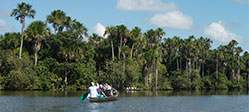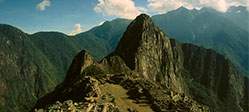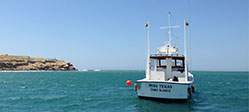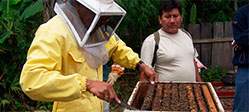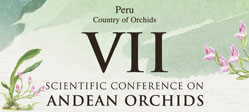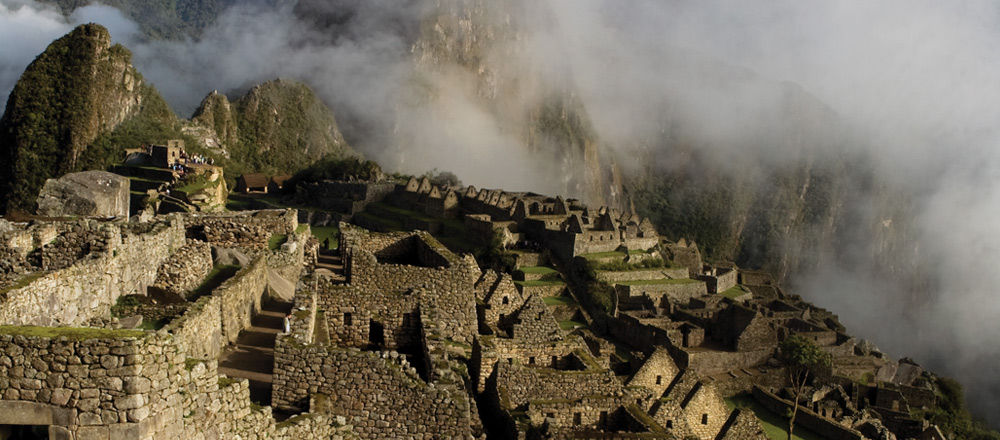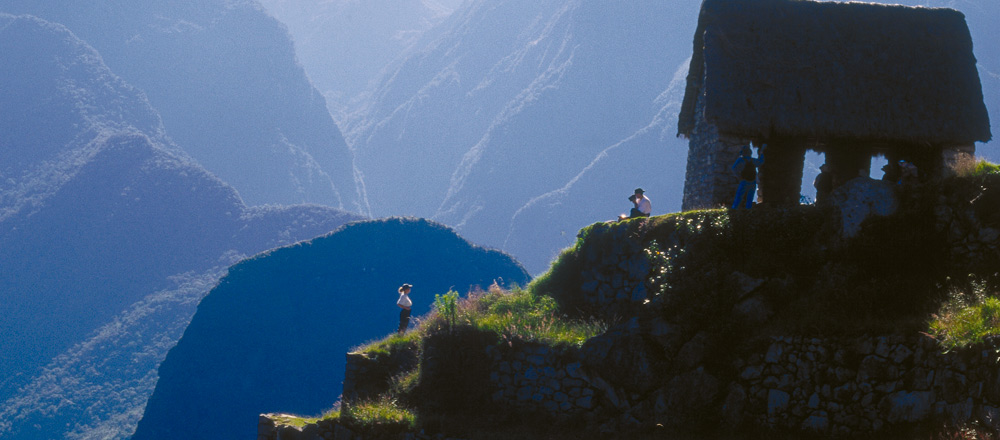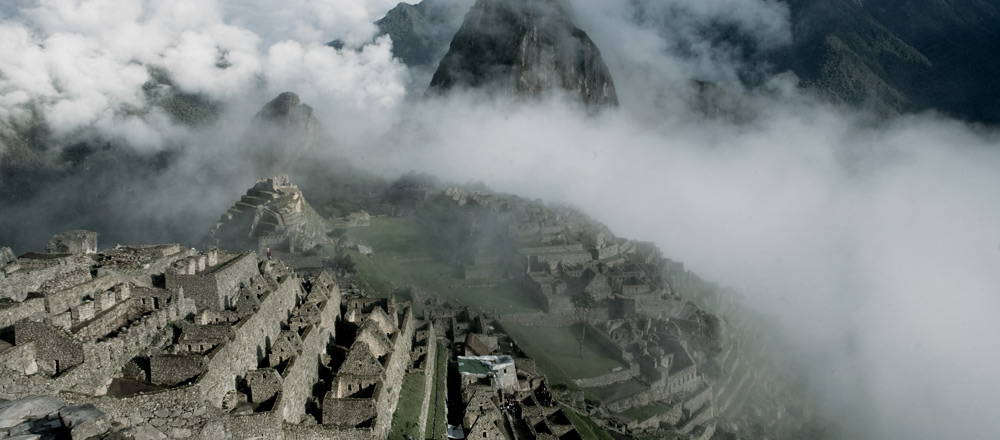Research > Cloud Forest
Declared a UNESCO World Heritage Site in 1983 and one of the New Seven Wonders of the World in 2007, the Historic Sanctuary of Machu Picchu in South Eastern Peru is defined by its archaeological beauty. However, its natural richness is yet to be appreciated in its real dimension, considering that many native and threatened species such as the Spectacled bear (Tremarctos ornatus) and the Neotropical otter (Lontra longicaudis) are found here.
In 1976, Inkaterra founder & CEO José Koechlin started negotiations to acquire a ten-hectare area in Machu Picchu Pueblo facing Vilcanota River, in-between Alccamayo and Aguas Calientes Rivers. The land was originally used as sawmill, with pasture to raise cattle and a tea plantation (conserved for organic tea production with millenary techniques). The most damaged area included three hectares located at KM 110 on the Ollantaytambo-Machu Picchu railway, where cattle caused eroded and compacted soil, with a poor floristic composition based in rustic herbaceous species. The intensity of past land uses, ranging from selective logging and hunting to grazing to small-scale or industrial agriculture, affects many site-specific factors that influence the rate of recovery.
Inkaterra officially held rights to the property and started working on restoration endeavors in 1980, aiming to repair damage to ecological function or ecosystem services, including the recovery of a proper habitat for the Andean cock-of-the-rock (Rupicola peruviana), considered Peru’s national bird. Low-impact construction started towards the late 1980’s under an architectural conception new to the vicinity, which combines local design with modern structure, with waterfalls, stone pathways and gardens that preserve the area’s natural floristic structure.
According to flora and fauna inventories produced since 1978, Inkaterra has registered in its Machu Picchu grounds 214 bird species, 111 butterfly species, 372 native orchid species and 98 fern species, whilst 20 orchids, 2 bromeliads and 1 butterfly have been described as new to science.
Inkaterra Machu Picchu Pueblo Hotel opened its doors in 1991. Since then, operations are focused on bird watching, the conformation of an orchid garden to conserve native species, and a rescue center for Andean bear specimens, the only bear species native to South America.



